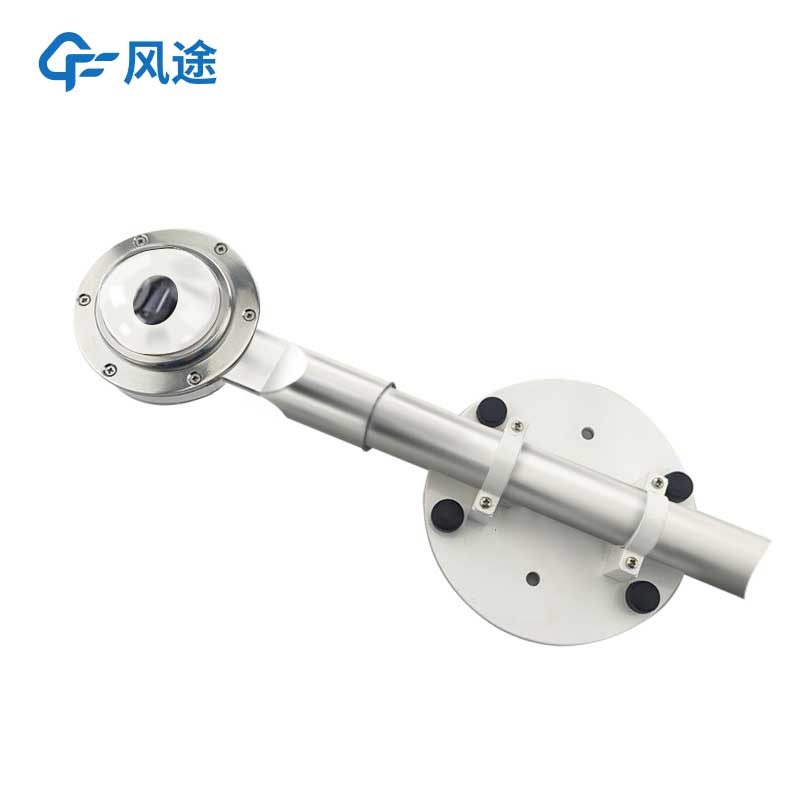Meteorological environment monitoring equipment supplier
Insist on doing high-precision customer favorite technology products

1.Overview of Net Radiation Sensor Products
Net radiation sensors are also called digital high-precision solar net radiation sensors. Net radiation sensors are widely used in agricultural meteorology, total soil moisture evapotranspiration loss calculation, crop disaster prevention and thermal balance-related construction mechanism research. Net radiation sensors are used to measure the net difference in the full range of radiation projected downward from the sky and upward from the Earth's surface. The measurement range is shortwave radiation from 0.3 to 3 microns and earth radiation from 3 to 100 microns. It is applied to the calculation of soil moisture evapotranspiration and the study of building mechanisms related to heat balance.
2. Product features of net radiation sensors
1. Low cost and high cost performance.
2. Suitable for various harsh environments.
3. Passive accurate measurement.
4. High sensitivity.
5. Dual output signals of analog and digital quantities.
6. Easy to use, operate and maintain.
3. Application occasions of net radiation sensor
1. Agricultural and forestry ecological research.
2. Calculation of total soil water evapotranspiration loss.
3. Crop disaster prevention.
4. Research on building mechanisms related to thermal balance.
4. Working principle of net radiation sensor
The working principle of the net radiation sensor is the thermoelectric effect. The sensing part is a thermopile composed of copper-plated constantan wire. The thermopile is coated with an imported high-absorption matte black coating. The two thermopiles receive solar radiation and terrestrial radiation respectively. Due to the different radiance absorbed by the upper and lower sensing surfaces, a temperature difference occurs at both ends of the thermopile, and its output electromotive force is proportional to the difference in irradiance received by the sensing surface.
The net radiation sensor is equipped with a hemispherical special polyethylene film cover that can transmit short-wave radiation (0.3 to 3 microns) and long-wave radiation (3 to 100 microns) to prevent the impact of wind and rain on the output of the radiation meter and protect the sensing surface. Radiation amount (W/m2) = measured output voltage signal value (μV) ÷ sensitivity coefficient (μV/W·m-2). Each sensor gives a calibrated sensitivity coefficient.
5. Technical indicators of net radiation sensors
| Technical Parameters | Technical indicators |
| Spectral range | 3000~100000 nm (long wave radiation); 300~3000 nm (short wave radiation) |
| Signal range | -2000~+2000W/m2 |
| output signal | -20~+20mV |
| Sensitivity | 7~14μV/W•m-2 |
| Response time | ≤18 S(99%) |
| internal resistance | About 350Ω |
| annual stability | ≤±2% |
| Sensing surface consistency | ±15% |
| Working temperature | -40℃~+50℃ |
| Working environment humidity | 0~100%RH |
| weight | 0.86kg |